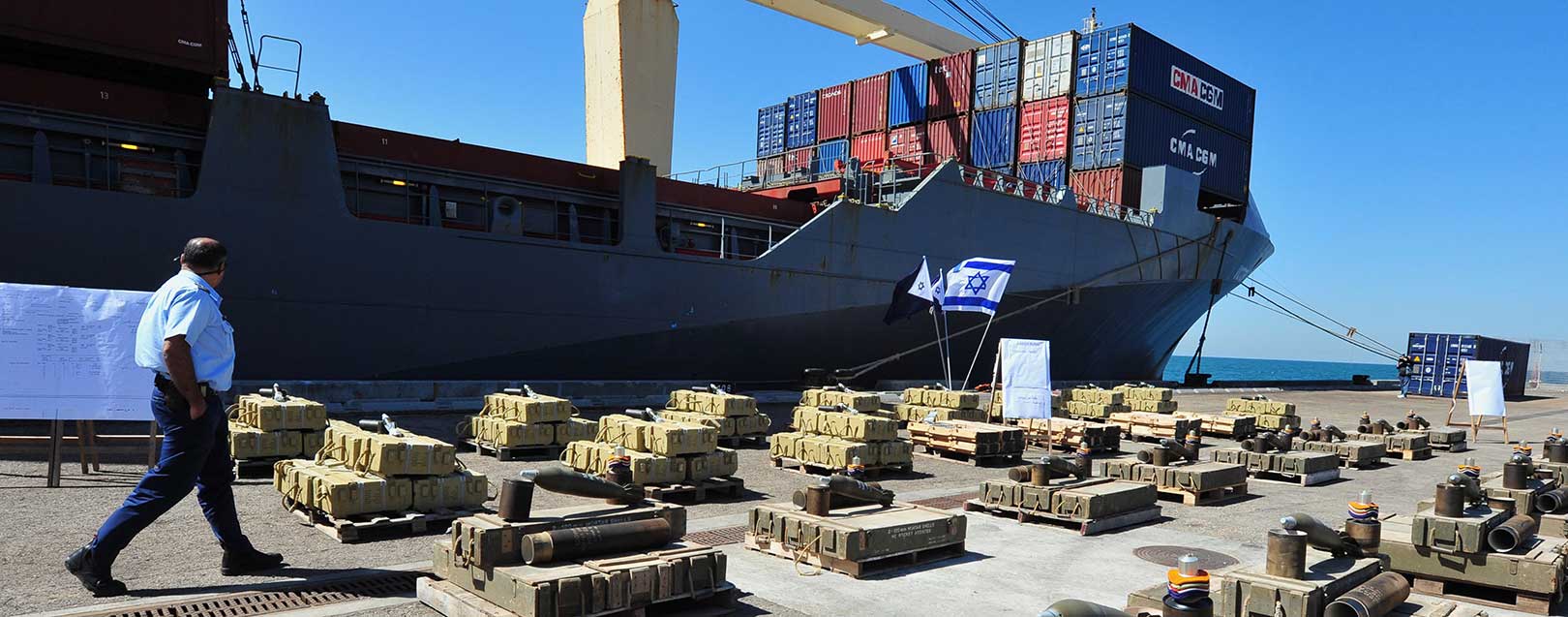
Chabahar Port in Iran
Manish K. Pandey | May 2016 Issue | The Dollar Business
Negotiators from India, Iran and Afghanistan have finally agreed upon the text of the much-awaited Chabahar Agreement – an accord that will give India the much-needed access to the whole of central Asia (including Afghanistan) through a sea-road link bypassing Pakistan. Interestingly, this strategic port in southwest Iran is just 72-km away from Pakistan’s Gwadar port, a Beijing-funded port which is being looked upon as a mega trans-shipment hub of the future and, of course, gives the world’s second-biggest economy a critical and much shorter route to the Arabian Sea than from its existing seaports in the east.
So, is Chabahar really India’s answer to Gwadar? And, more importantly, how crucial is this agreement for New Delhi when it comes to fixing the geopolitical calculus in the region? Well, I would say, very significant! Given the expected role of Chabahar Port in Iran’s trade and India’s investment in it, it will create a tremendous opportunity for India. It not only gives the country an easier access to oil and gas resources in Iran, but also opens up a gateway for it to Central Asian Republics (CAR). The free-trade and industrial zone around the port can also prove to be an important economic center for India when it comes to its trade with West Asia.
Further, India, through Chabahar, not only completes its strategic and diplomatic goal of encircling Pakistan, but also takes a step forward to counter the growing dominance of the Chinese in the region and threats posed by Kashgar-Gwadar corridor.
It’s a known fact that by developing Gwadar, China wants to keep a close watch on the Persian Gulf through which a majority of supplies (including crude) enter the European and Asian markets. And not just this, Gwadar also happens to be the final link in China’s ambitious Kashgar-Gwadar economic corridor which not only gives it a shorter access to energy rich Gulf region but also provides its land-locked Xinjiang region in Tibet a gateway to sea giving impetus to trade from the region. Not to say, the Dragon might also use the infrastructure as a military base in future!
Considering all this, it is really important for India to have a similar hub in the region and Chabahar fulfils the requirements. Until recently the project moved slowly because of US sanctions on Iran, but with lifting of the economic sanctions and an approval of a credit line of $150 million by the Indian government the Chabahar Port project is expected to pick up pace.
India, through Chabahar, not only completes its strategic and diplomatic goal of encircling Pakistan, but also takes a step forward to counter the growing dominance of the Chinese in the region.
Though it all looks good from above, there’s more than meets the eye. In order to reap benefits of its investments in Chabahar, New Delhi needs to take care of its bilateral ties with Tehran. Managing relationship with a sanction-free Iran will of course be a difficult task for India (which already looks like one as “Iran ends free oil shipping to India and insists on being paid in euros instead of rupee”), but it’s the need of the hour. New Delhi should not forget that the new government in Iran is more close to Pakistan than India, and a small diplomatic mistake from India’s side or a further delay in Chabahar project (India has failed to meet the original project completion deadline!) could cost India dear – who knows it may even provide China a space to fill!
I really don’t think Iran holds the view that India has walked that extra mile to strengthen the bilateral relationship between the two nations. And New Delhi certainly needs to put in those extra efforts now. If that’s not possible, the least Indian diplomats can do is make Tehran feel
special. That’s really not a tough task! Or, is it?!
Get the latest resources, news and more...
By clicking "sign up" you agree to receive emails from The Dollar Business and accept our web terms of use and privacy and cookie policy.
Copyright @2024 The Dollar Business. All rights reserved.
Your Cookie Controls: This site uses cookies to improve user experience, and may offer tailored advertising and enable social media sharing. Wherever needed by applicable law, we will obtain your consent before we place any cookies on your device that are not strictly necessary for the functioning of our website. By clicking "Accept All Cookies", you agree to our use of cookies and acknowledge that you have read this website's updated Terms & Conditions, Disclaimer, Privacy and other policies, and agree to all of them.

